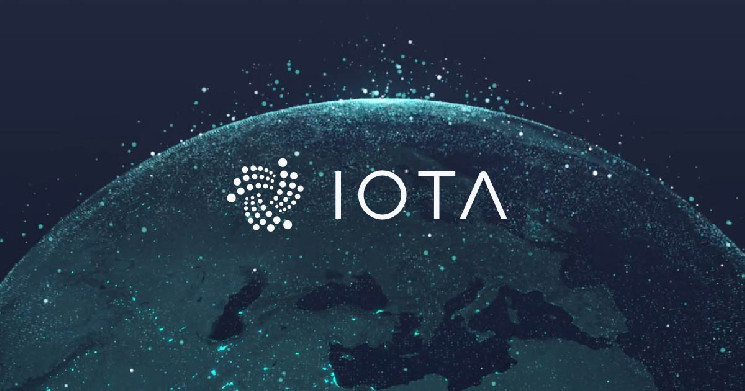For the present European Blockchain Sandbox project (EBSI), the European Commission declared the Iota’s Web3 Identification solution of choice.
The EU Commission revealed on June 13 the chosen members of the second cohort for its EBSI. One of the selected is Iota, an open-source distributed ledger and cryptocurrency ecosystem.
Table of Contents
ToggleIota’s Web3 ID Solution
The choice of Iota emphasizes its Web3 ID solution, created in association with Walt.id, IDnow, Bloom Wallet, and HAVN.
Iota remarked that for its identification solution, this choice marks a major turning point.
“It creates the avenue for debates on KYC and privacy in a Web3 environment among regulations. This is particularly pertinent today because some authorities are debating their strategy for distributed finance (DeFi).”
EU Commission’s EBSI
Launched by the EU Commission in 2023, the EBSI is a testing environment for distributed ledger technology (DLT) solutions spanning many sectors.
Every cohort consists of no more than twenty initiatives, which are then given a controlled environment for testing and validation in addition to chances to interact personally with European authorities from all throughout the EU.
Along with Iota, chosen initiatives include the RealEstate.Exchange (REX) DigiShares, the documents and business-oriented blockchain DoxyChain, the smart contract and blockchain security analysis project Hacken, and the AI-centric knowledge infrastructure project Origintrail.
Often hampered by inefficiencies, high prices, and privacy issues, Iota’s particular Web3 ID solution use case seeks to change the conventional Know Your Customer (KYC) process implementation technique.
Using a reusable KYC system run by DLT and tokenization will help to improve user control over personal data as well as security.
This Might Interest You: Federal Reserve Holds Rates Steady Amid Inflation Concerns
The developer claims that remote identification done by IDnow guarantees user compliance with EU Anti-Money Laundering (AML) and KYC rules, so starting the process.
Regarding Iota’s Web3 ID solution, the confirmed identity is tokenized and kept in the user’s wallet as a soulbound token that can be used across many Web3 apps to validate identification without revealing personal data.
This coincides with the EU working to put a digital ID system in place. Originally published in February 2023, its European Digital Identity (EUDI) rule was revised on May 21 with complete implementation requirements by 2026.
Member states have to issue every person and resident at least one EU digital identity wallet.
This Might Interest You: Ripple Acquires Standard Custody for Stablecoin Launch
From university diplomas to rail tickets, the digital ID wallet is made for electronically signing and storing documentation. It is considered the next development in European people’s way of life and employment.
Already, certain concepts for its development and application—such as the potential use case of zero-knowledge proofs—have been covered.
Although not particular to Europe, the TON blockchain ecosystem has set aside $5 million of Toncoin tokens to reward users for verifying their identity using cutting-edge palm scanning technology, all of which points to a trend in the sector of discovering a solution for digital identity in an increasingly digital world.
